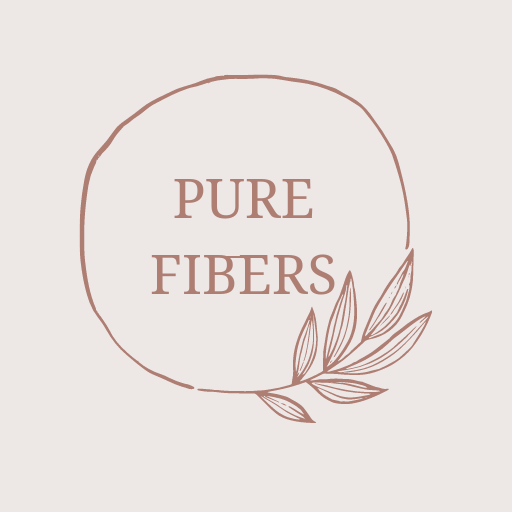
Natural Fibers for the Win
Natural fibers are an integral part of the textile industry, known for their comfort, breathability, and biodegradability. Among the most popular natural fibers are cotton, wool, and linen. Let's explore each of these fibers in detail:
1. Cotton:
Cotton is one of the most widely used natural fibers worldwide. It is derived from the fluffy fibers surrounding the seeds of the cotton plant. Here are some key characteristics of cotton:
- Softness and Breathability: Cotton is incredibly soft and gentle against the skin, making it a popular choice for clothing, bedding, and towels. It allows air to circulate, promoting breathability and comfort.
- Absorbency: Cotton has excellent absorbent properties, capable of absorbing moisture up to 27 times its weight. This makes it ideal for warm-weather clothing and bath products.
- Versatility: Cotton can be woven or knitted into various fabric types, ranging from lightweight voile and jersey to heavy denim and canvas. It is also easy to dye, resulting in vibrant colors and patterns.
2. Wool:
Wool comes from the fleece or hair of animals, primarily sheep, although other animals like goats, alpacas, and llamas also produce wool. Here are the key characteristics of wool:
- Insulation: Wool has excellent insulating properties, making it suitable for cold weather. It traps air between its fibers, creating a natural barrier against low temperatures.
- Moisture Management: Wool can absorb and retain a significant amount of moisture without feeling damp or losing its insulating properties. It helps regulate body temperature by wicking away sweat from the skin.
- Resilience: Wool fibers have natural elasticity, allowing them to stretch and recover their shape. This makes wool garments resistant to wrinkling and creasing, maintaining their appearance for longer.
- Fire Resistance: Wool is inherently flame-resistant and has a higher ignition threshold compared to many synthetic fibers. It does not melt or stick to the skin, making it a safer choice in fire-prone environments.
3. Linen:
Linen is derived from the fibers of the flax plant and has been used for thousands of years. Here are the key characteristics of linen:
- Breathability: Linen is highly breathable and has excellent moisture-wicking properties. It allows air to circulate, keeping the body cool and dry, making it suitable for warm climates.
- Strength and Durability: Linen is known for its strength and durability, even surpassing cotton in these aspects. It becomes softer and more comfortable with each wash, without compromising its integrity.
- Natural Luster: Linen has a natural luster that adds a touch of elegance to clothing and home textiles. It has a distinctive, slightly rustic appearance that is highly sought after.
- Environmental Friendliness: Flax plants require less water and fewer pesticides compared to other crops, making linen a more sustainable choice. Linen fabrics are also biodegradable, contributing to a circular economy.
Conclusion:
Cotton, wool, and linen are versatile and beloved natural fibers, each with its unique characteristics and benefits. Cotton offers softness and breathability, wool provides insulation and resilience, while linen brings breathability and durability. By choosing garments and products made from these natural fibers, we can enjoy their comfort while embracing sustainability and reducing our environmental footprint.
Keywords
Natural fiber clothingBenefits of natural fibers
Sustainable clothing and bedding
Eco-friendly textiles
Hypoallergenic fabrics
Comfortable bedding materials
Breathable natural fibers
Durable natural fiber clothing
Long-lasting linen garments
Stylish organic clothing
Sustainable fashion choices
Environmentally friendly textiles
